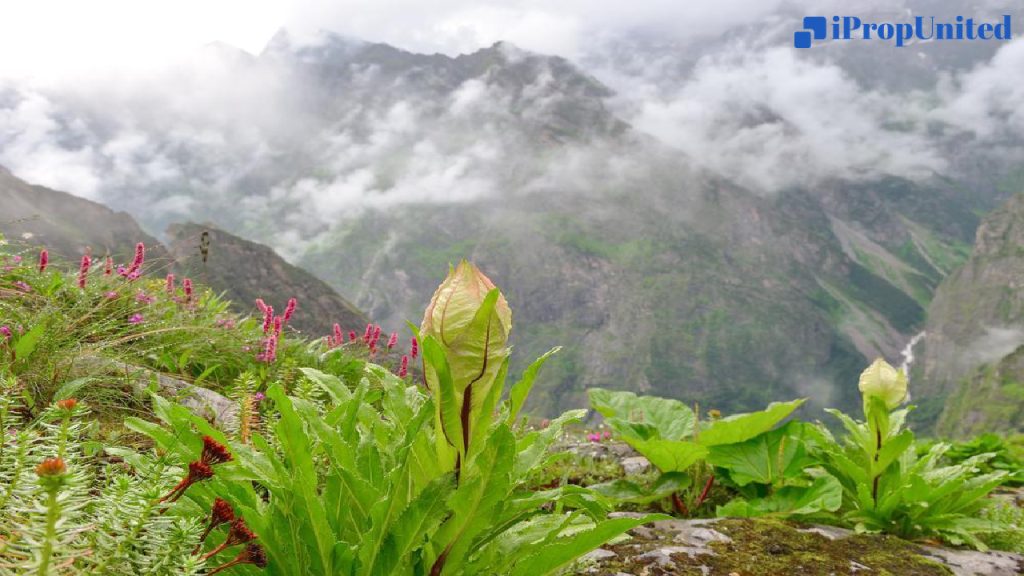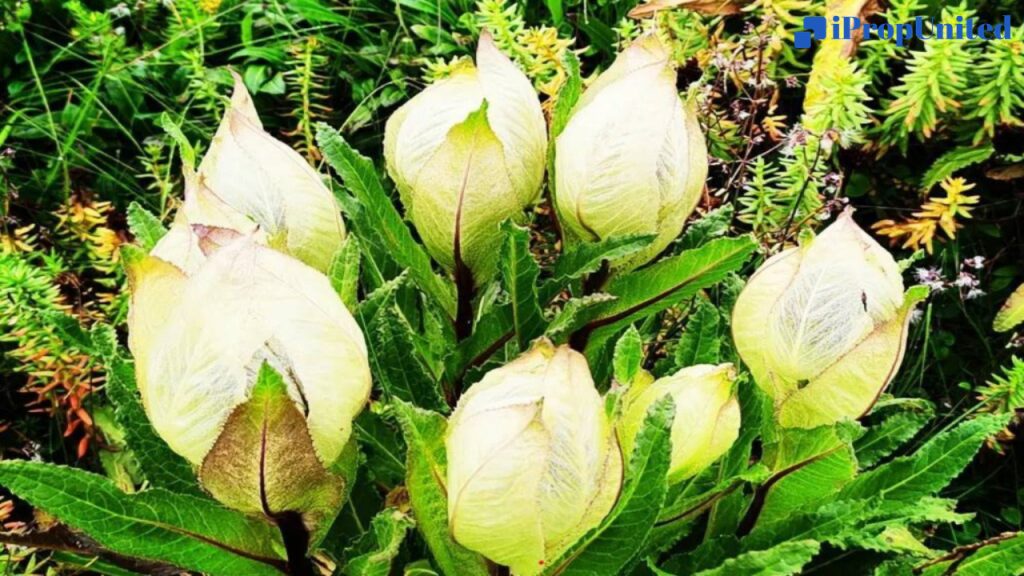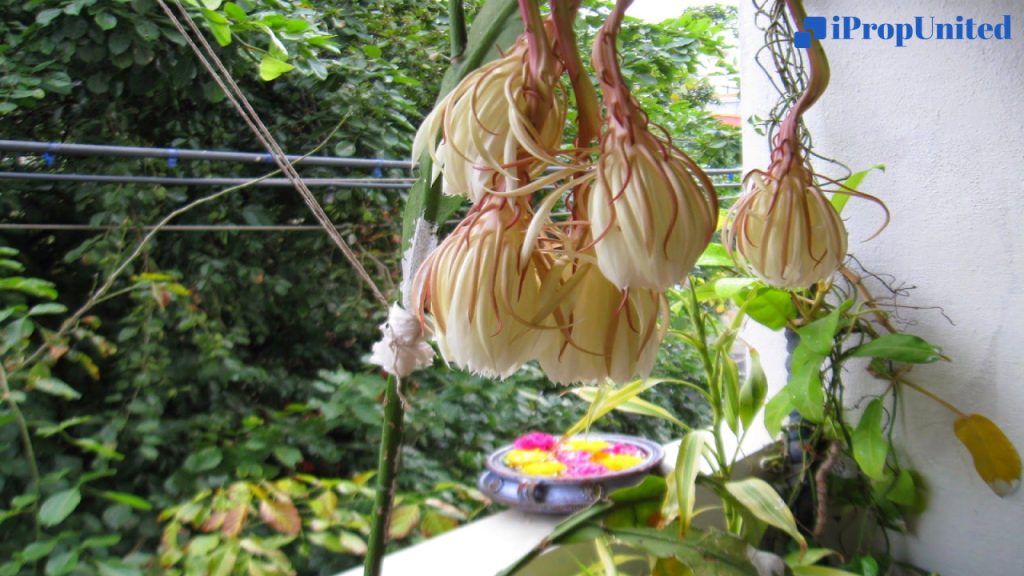Epiphyllum oxypetalum, often known as Brahma kamal, is a unique plant. These plants are members of the cactus family.
It blooms at night and its blossoms fade before daybreak. The blooms are incredibly fragrant and grow on flattened stalks up to 30 cm tall and 17 cm broad. It is commonly grown in tropical places, particularly in Southeast Asia.

Brahma kamal is a low-maintenance, fast-growing Epiphyllum. It blooms from late spring to late summer, and huge specimen can produce many bunches of flowers in a single season. This is a well-known Epiphyllum species.
Vastu and the Brahma Kamal plant
The Brahma Kamal is a rare flower found high in the Himalayas that is thought to have spiritual significance in Hinduism. This will attract positive energy while repelling negative influences. It is seen as a sign of purity and is frequently connected with the Hindu deity Brahma. According to Vastu shastra, the Brahma Kamal is a plant that offers good luck and positive energy to a home or structure, as well as wealth and tranquilly.
The Brahma kamal plant, according to Vastu Shastra, should be planted in the center of a residence, known as the Brahmasthan. Lord Brahma and Vishnu are thought to live within the flower. This arrangement will assist to rid the house of negative energy and allow positive energy.
Bramha Kamal flower

Brahma kamal blooms from late spring to late summer; huge specimens can yield many harvests of flowers in a single season. Keep the plants in direct sunshine to stimulate blooming. The blooms only stay one day. Brahma Kamal is available in pink, white, and sometimes purple.
Uses of Brahma Kamal
The flower is considered sacred and is used in many religious rites and sacrifices.
Many people believe seeing it blossom to be a magical experience. It is considered to bring luck and wealth to those who are lucky enough to witness its bloom.
This plant is planted on balconies. They may be planted both in pots and indoors.

Health Advantages
Several Asian societies, including India, Vietnam, and Malaysia, recognise it as having therapeutic benefits. The plant is frequently used in traditional medicine to treat respiratory diseases and bleeding disorders, and it is also thought to have pain and inflammation-reducing properties.
- Brahma kamal is a natural antioxidant and cardioprotective plant that is used to treat a variety of cardiac conditions. It also helps to strengthen the cardiac muscles.
- It aids in the prevention of lipid buildup and the reduction of blood cholesterol levels.
- The hypoglycemic activity of Brahma kamal flowers is important in lowering blood sugar levels. The extracts of flowers stimulate insulin synthesis in the pancreas.
- Brahma kamal is a medicine for respiratory illnesses such as asthma, bronchitis, cough, and so on.
- The flower extract decreases gasification in the alimentary canal, resulting in less bloating and flatulence.
- It is an effective constipation treatment.
- This plant is used to treat painful illnesses such as arthritis and muscular spasms.
- It is strongly advised to visit an ayurvedic doctor or practitioner because dose varies from person to person.
Guide to plant Bramha Kamal
Soil
Brahma kamal requires a fast-draining soil or potting soil medium. Make sure it has plenty of drainage holes if you’re growing it in a container.
Watering
The Brahma Kamal plant is a cactus, or succulent plant. Water is stored in the leaves of succulents. Thus, before you water it, make sure to examine the soil. Overwatering will result in root rot.
Fertilizer
Once a month, fertilize your Brahma kamal with compost manure. Fertilizers can assist your plant in producing new growth. It guarantees that your plant is healthy.
Re-potting
If you observe that your plant’s pot is becoming too tiny, it’s time to re-pot it. When re-potting your plant, make sure to remove all of the old dirt. Additionally, be sure to replenish the soil. After re-potting your Brahma kamal, water it well.
Lighting
It may also be cultivated with indirect light from a sunny window. At the height of summer, indirect sunlight will keep leaves from burning.
Diseases and pests
Mealy bugs are the most frequent insect problem. Aphids, scales, and mites are other possible pests. With the Brahma kamal plant, pests and illnesses are uncommon.
Follow and Connect with us: Twitter, Facebook, Linkedin, Instagram







